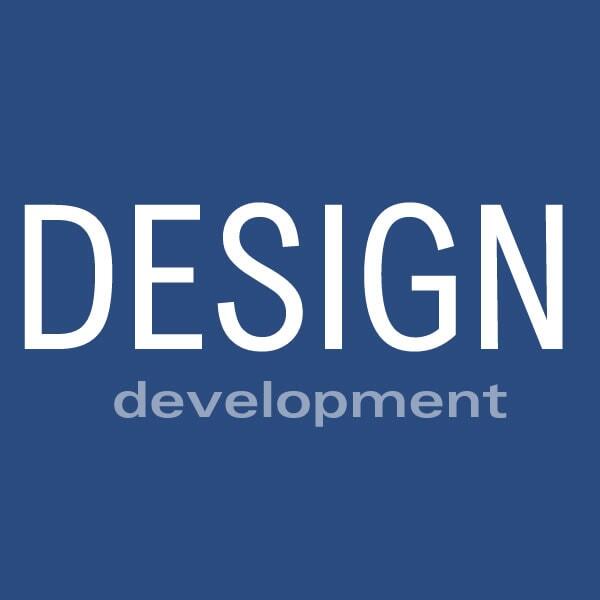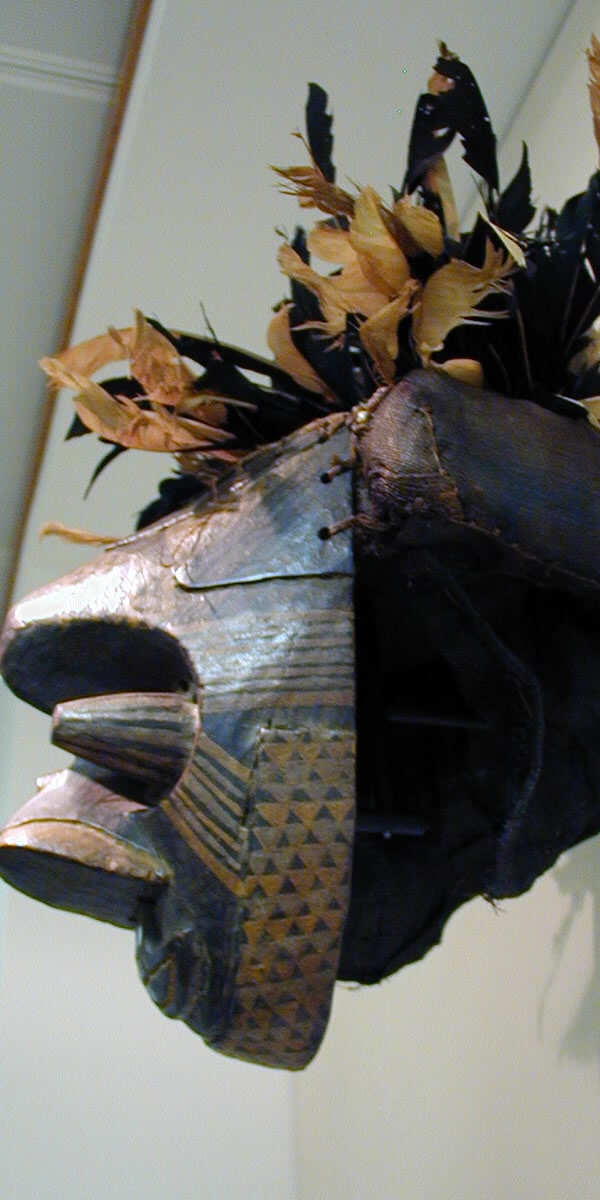Part 4
The Design Development Stage
Welcome to Part 4 of our art collection journey! So far, we have touched on parts of the conceptual design formula, engaging storylines, and questions we ask art collectors. Now, it’s time to discuss the design development stage.
The design is still not set in stone at this point in our journey and remains adaptable and fluid.
Next, we need to transfer the collective information from the concept designs. This step allows us to create layout plans for each venue and the exhibition database. The database should include detailed quantities of essential information. This allows the locations to fully comprehend the exhibition and art collection without missing any details. At this initial stage of the design development, the venues can voice any reservations or concerns.

Here is a list of the most common inclusions we incorporate in an exhibition database: object collection numbers, images, dimensions, conservation and security issues, and basic condition reports. This detailed data, along with any pertinent display pictures are given to each site receiving the exhibition.
Preferably, for private art exhibit developments, it is advantageous if the venues send a representative. Through their early involvement in the process, they can present a deeper insight into the dos and don’ts at their museums or venues. Their collaboration is most beneficial at the conceptual design stage or once the design has been moulded. This expert knowledge is priceless in avoiding any potential issues before they occur.
This data is presented in either a model format or CGI (Computer Generated Images).
Once each of the venues has scrutinised the concept design package in full, meetings take place. These meetings included the exhibition designer, collector, and gallery curator to discuss all the characteristics of the exhibition. This could incorporate any necessary changes to the design requested by the venue; logistics; timing; budget; and many others. At this time it is paramount to discover what equipment the site can already supply in-house. Is the allocated space equipped with museum-quality lighting and controls? Is it necessary to install additional (flexible) lighting? After all, even the most magnificent art collection on display with poor-quality lighting results in a disastrous and fundamentally unsuccessful event.
Once we receive feedback from various locations, we start working on further development and testing of concept designs for each venue. This process involves closely examining each design and addressing any comments or issues raised by the stakeholders. We take each piece of feedback seriously and use it to refine the design and ensure that it meets the unique requirements of each location. We iterate on the design until it reaches the design development stage.
Lastly, we make these changes to all the documentation and re-present them to the venues to accumulate further feedback. This process is continued until each venue approves a final exhibition design. Now the creative project is finally ready to advance to part five, the detailed design stage.
This process is repeated until each venue approves a final exhibition design. Once the final exhibition design is approved, the creative project is finally ready to advance to the next stage: the detailed design stage. During this stage, we work on creating detailed drawings, plans, and specifications for the exhibition. We use this stage to ensure all the details are in place and the design is ready for implementation.

Read the entire art collection series
That very first piece of art will remain in their collection like a first love that cannot be replaced. Consequently, it seems such a shame that these amazing collections of man’s humanity are only seen by very few.
We are curious to discover the journey both collectors and artwork have embarked upon and the stories they tell. Naturally, there are many further questions to ask, but here are our five most important, interconnected questions to start with.
Truly understanding the space allows the designer to communicate a far more successful conceptual design stage. This methodology also permits a first-hand opportunity to scrutinise details as well as possible hidden problems.
Part 5 – The Detailed Design Stage
At this stage in the process, all aspects of the conceptual exhibit design are required to be produced in finer detail.
It is critical to choose qualified and experienced contractors to help bring the exhibition design to a world-class level.

